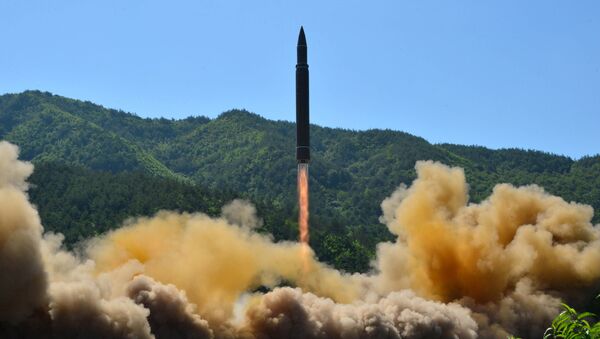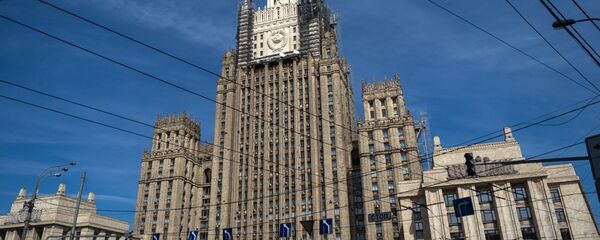According to satellite imagery recorded between September 2106 and June 2017, North Korea has stepped up its production of weapons-grade plutonium at a faster rate than previously asserted by military experts.
Recorded over an eight-month period, the new surveillance data reveals increased thermal activity around the primary nuclear plant of the Democratic People's Republic of Korea (DPRK), the radiochemical laboratory at the Yongbyon nuclear facility — an indicator, according to an American university center's project exclusively concerned with Pyongyang, of increased nuclear weapon production.
"The Radiochemical Laboratory operated intermittently and there have apparently been at least two unreported reprocessing campaigns to produce an undetermined amount of plutonium that can further increase North Korea's nuclear weapons stockpile," according to a report by 38 North, cited by Deutsche Welle.
The site's observations include the likelihood of Yongbyon's increase in the manufacture of enriched uranium, another key ingredient used by the DPRK to make nuclear weapons.
The satellite data, according to 38 North, also indicated previously unknown processing cycles for the production of "an undetermined amount of plutonium" that could "further increase North Korea's nuclear weapons stockpile" at Pyongyang's Experimental Light Water Reactor, dw.com reported.
In response to ongoing indications of continued nuclear weapons development by Pyongyang, the administration of US President Donald Trump has sought new sanctions on Chinese banks that do business with the DPRK, according to anonymous sources.
China and Russia — permanent members alongside the US of the United Nations Security Council — have so far resisted efforts by Trump advisors to inculcate new stiffer sanctions against the DPRK.
Experts have previously noted that Pyongyang may possess as many as 20 nuclear bombs, and have displayed the capacity to produce one new bomb every month.



